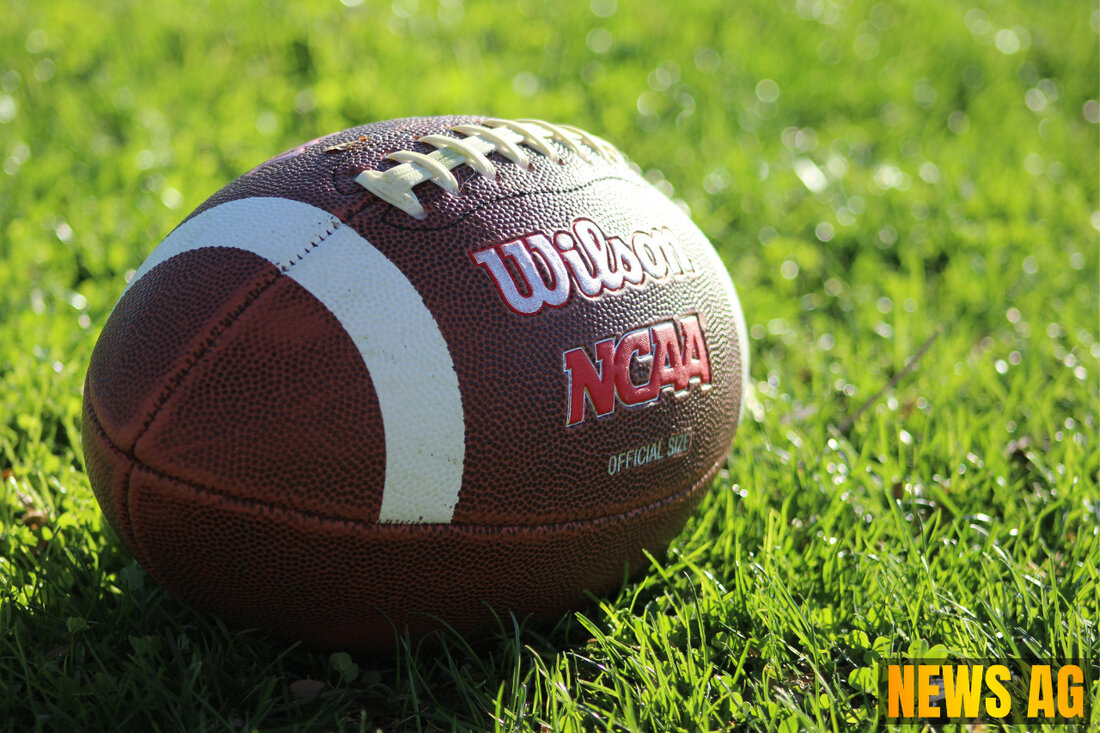FGCU's Athletic Director on Revenue Sharing: A Game-Changer for College Sports!

Naples, Italy - Exciting changes are on the horizon for college athletics, especially here in Florida. As of July 1, a pivotal ruling from the House vs. NCAA antitrust case will allow colleges to begin compensating athletes through a new revenue-sharing model. This transition, however, poses unique challenges, particularly for mid-major programs like FGCU, where Athletic Director Colin Hargis emphasizes the importance of finding creative solutions to adapt to the shifting landscape.
Hargis recently spoke about the incoming changes following the approval of a $2.8 billion settlement on June 13. Colleges are set to share $20.5 million annually with student-athletes as part of the agreement, which stems from litigation that challenged NCAA restrictions on compensation for athletes regarding their name, image, and likeness (NIL). As Hargis noted, with FGCU’s position as a mid-major program, discrepancies in revenue can make it tough to compete for talent and championships against larger institutions, creating an environment ripe for innovation in recruitment and funding.
The Road Ahead for FGCU
For the 2025-26 school year, FGCU plans to boost scholarship funding by 40%. This increase aims to give them a better hand in attracting potential recruits. However, Hargis is quick to mention the potential consequences of the impending changes—particularly the impact on roster dynamics. The possibility of reduced walk-on participation may raise questions about team composition, although Hargis remains optimistic there will still be roles available.
The compliance with Title IX is another critical consideration, as balancing funding between men’s and women’s sports is not just essential but a legal requirement. The settlement’s financial implications for FGCU include a reduction in the ASUN distribution, presenting a complex challenge for the athletic department as they navigate this new terrain.
National Implications of Revenue Sharing
Looking beyond FGCU, the broader college sports landscape also faces significant shifts. UConn coach Geno Auriemma has voiced concerns that paying players directly could disrupt competition parity in women’s basketball. As outlined by USA Today, he believes that imminent financial disparities will mirror those already present in men’s sports, potentially leading to fewer opportunities for programs that lack substantial financial backing.
While schools are capped at an initial payment range of $20 million to $23 million to athletes, the reality may be more complicated. Notably, teams like South Carolina and Duke are already making headlines with their high NIL funding, indicating that some may choose to focus substantial resources on football and men’s basketball at the expense of other programs. Dawn Staley’s remarks underscore the necessity for teams to adapt swiftly to the evolving regulations for NIL and revenue sharing.
Future Legal Considerations
The implications of these changes are vast. The settlements resulting from the antitrust litigation not only reshape how revenues are shared among athletes but also raise important questions regarding the long-term rights and compensation structures of college athletes. As reported by the National Law Review, adjustments to roster limits and scholarship opportunities could lead to over 115,000 new scholarships annually, although the influence of boosters and the employment status of athletes remain hotly debated topics.
The college athletics landscape is clearly entering a new era—one that’s fraught with complexities but full of potential. As FGCU and others prepare to navigate this brave new world, there’s no doubt that creativity and adaptability will be key to not just surviving but thriving under these new rules.
| Details | |
|---|---|
| Ort | Naples, Italy |
| Quellen | |
